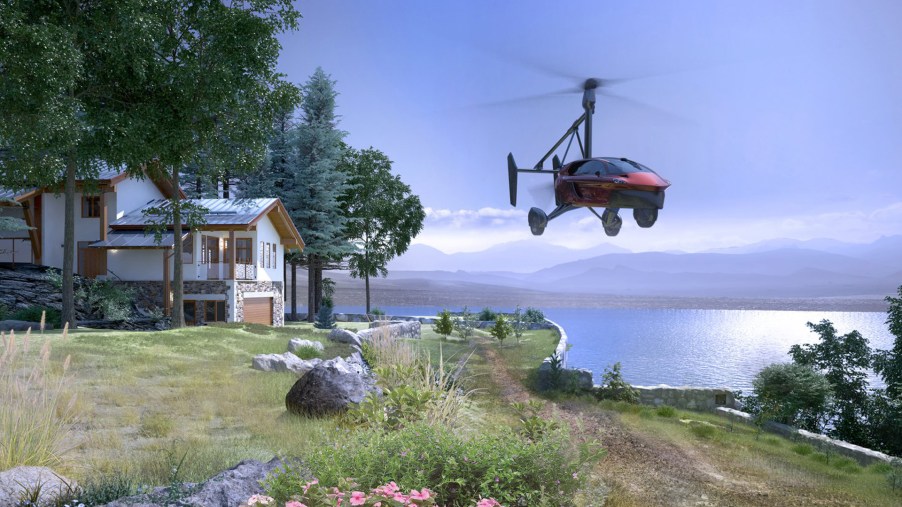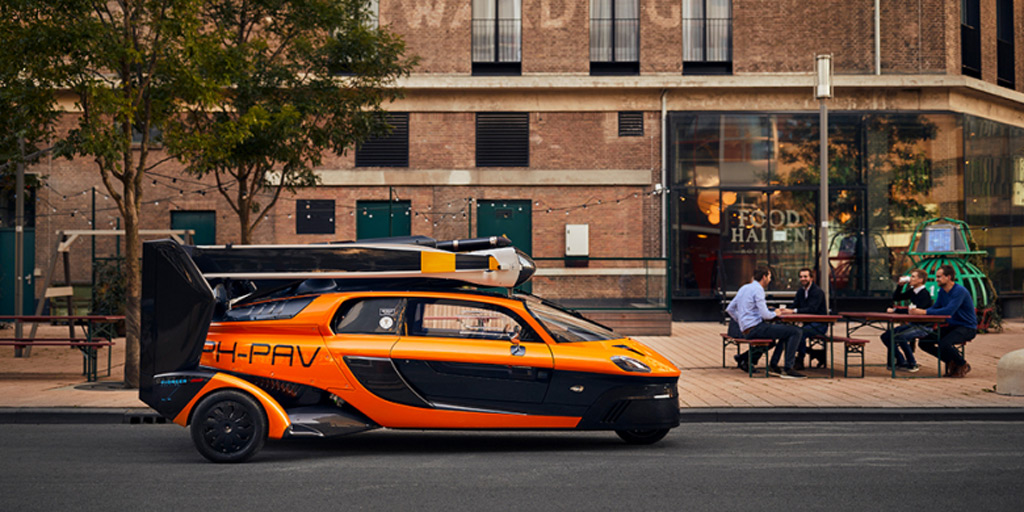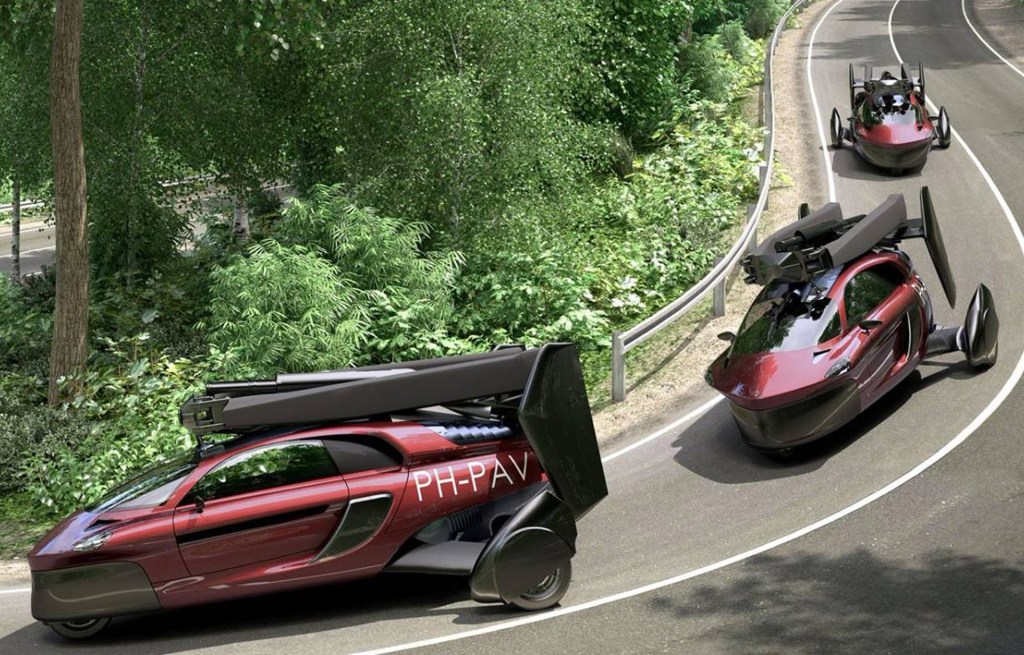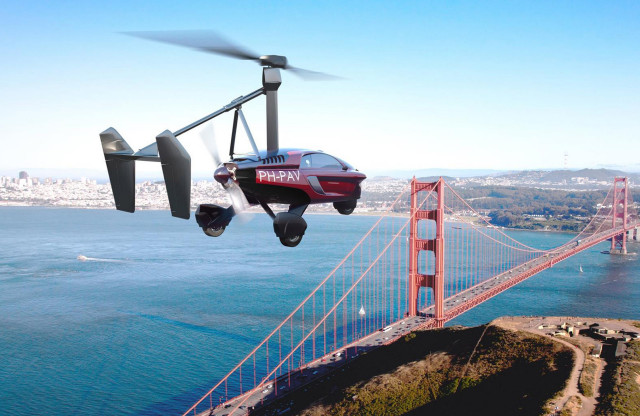
Flying Car Maker PAL-V One Step Closer To “Liberty” Production
Autogyro, gyrocopter, flying car-call it what you want but we need these and we need them now. Personal aviation should ultimately be our future mode of transportation. This is the PAL-V Liberty autogyro. The difference between an autogyro and a gyrocopter is that the rotors aren’t powered. The propeller in the rear pushes the craft forward and the air coming at the rotors spins them. They are shaped like airplane wings so by spinning they create lift. For safety purposes, this might be a better way to travel.
Liberty has been certified for road use in Europe

PAL-V prototypes have been buzzing around for years. But now the Liberty has been certified for road use in Europe. For certification to happen the Liberty had to go through a battery of tests. Since February 2020 it has been tested for noise, emissions, and also high-speed testing on high-speed ovals to qualify its ability to handle decently on public roads. This is a huge step toward production and ultimately availability to the public. Certification is being conducted by the European Aviation Safety Agency.
It was very challenging to make a “folded aircraft” pass all road admission tests,” says Mike Stekelenburg, CTO of PAL-V. “For me, the trick in successfully making a flying car is to ensure that the design complies with both air and road regulations. I feel the energy and motivation in our team to push hard for the last few milestones and get the Liberty certified for flying, too.”
Is it true that flying cars are neither good cars nor good airplanes?

It has been said that flying cars are neither good cars nor good airplanes. So how well will it be conditioned for the road? Its internal combustion engine is 100 hp pushing the Liberty to a top speed of 100 mph. It will have a range of 284 miles on roads and 310 miles in the air. It will have a top speed in the air of 112 mph and weighs a bit under 1,500 lbs.
With road certification comes endurance testing. That will be conducted over the next several months. “Hearing the vehicle come to life was just magnificent and driving it was great,” says test driver Hans Joore. “It is very smooth and responsive to the steering and with a weight of just 660 kg it accelerates really well. The overall experience is like a sports car. It feels sensational.”
The Liberty should be air-certified by the European Aviation Safety Agency in 2022

Aviation testing is ongoing. It should be air-certified by the European Aviation Safety Agency in 2022. There will need to be over 1,200 test reports conducted before the final flight testing can be started. That includes 150 hours of flight. With that completed deliveries will begin.
How affordable will the Liberty be? Not very. What PAL-V calls the Pioneer Editions will run right at $600,000. These first versions will be limited to 90 units. “They will be the first car flyers in their country, flydriving to any destination,” says PAL-V. After those first 90, the Dutch company will debut the Liberty Sport models which will retail for $400,000.



